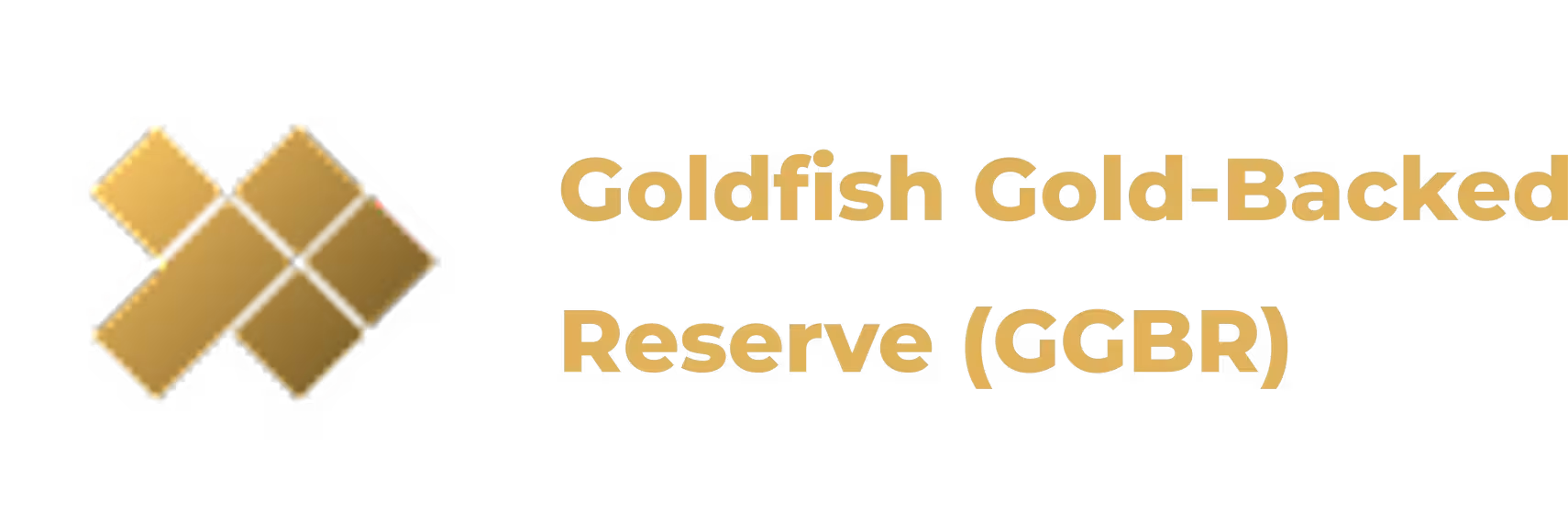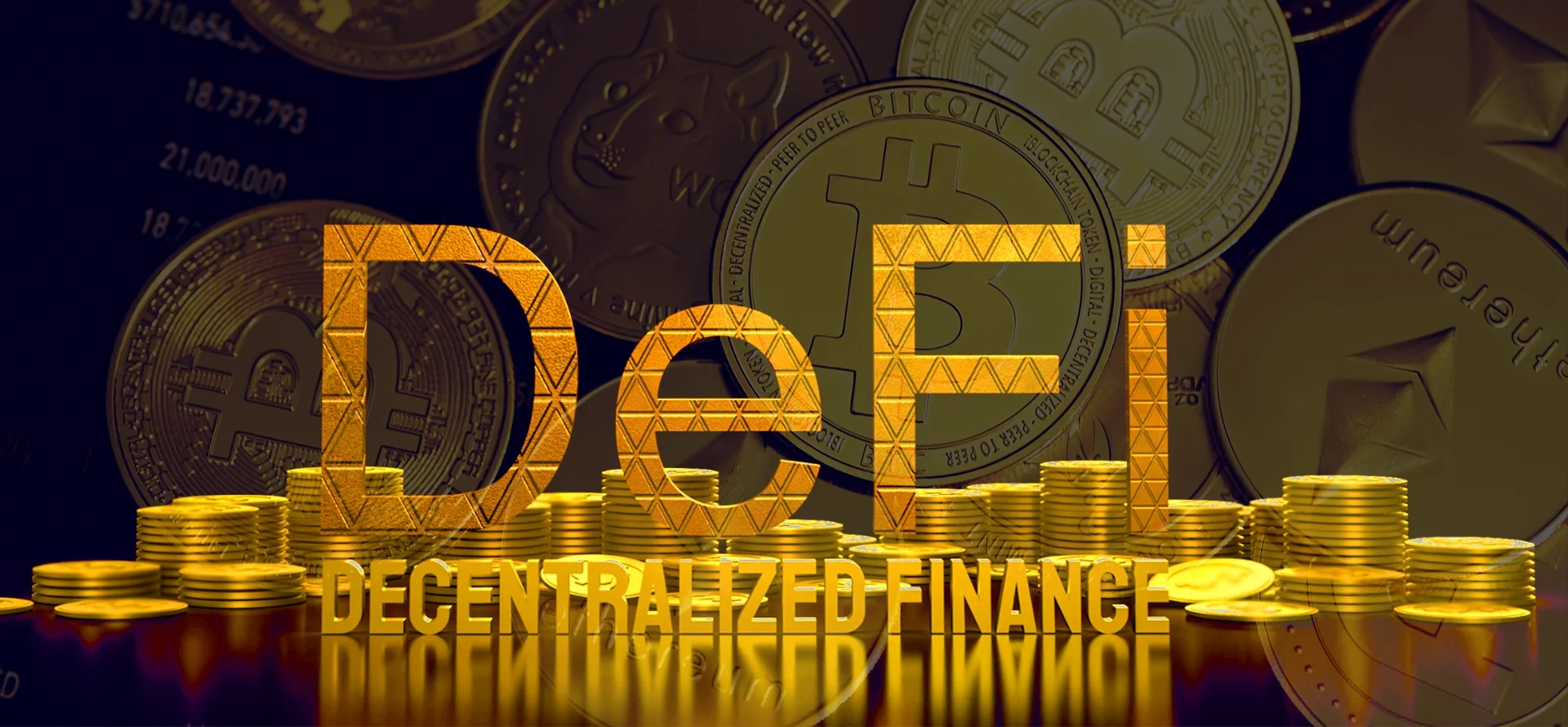Introduction
For centuries, banks have acted as the backbone of global financial systems. They safeguard money, provide credit, and ensure trust in transactions. Yet, today’s financial world is changing fast. Blockchain technology and decentralized finance (DeFi) have challenged the traditional model. Millions of investors are shifting to digital assets for faster, cheaper, and borderless transactions. The rise of gold-backed crypto marks an important turning point. It blends the security of gold with the transparency of blockchain. Investors gain digital speed without sacrificing the trust that gold has provided for thousands of years.
This article explores bridging TradFi and DeFi: how banks could integrate gold-backed crypto into their operations. We will cover why tokenized gold matters, how banks can adopt it, the benefits they gain, and what challenges they must overcome. We will also highlight innovative projects such as Goldfish Presale, which are already leading the way.
Why Gold-Backed Crypto Matters
Gold has always been more than a metal. It is a global store of value, trusted during crises, wars, and inflationary cycles. Central banks still hold gold as part of their reserves because it acts as a financial anchor. However, owning and transferring physical gold has limitations. It requires storage facilities, insurance, and complex logistics. Moving gold across borders is slow and expensive. This is where tokenization comes in. Gold-backed crypto represents ownership of real, verified gold reserves. For example, a token backed 5:1 by NI 43-101 verified in-situ reserves provides unmatched credibility. Unlike paper gold contracts, these tokens are independently validated and fully auditable.
Another strength lies in pricing. Each token can follow the LBMA PM gold benchmark with a +2% premium. This ensures transparency while maintaining a clear link to the global gold spot market. Investors know exactly what their token is worth. Most importantly, tokenization makes gold liquid and transferable. A digital gold token can move across wallets in seconds. It provides global reach without the headaches of physical logistics. For banks, this creates a perfect tool for bridging traditional finance with blockchain-based systems.
The Role of Banks in Bridging TradFi and DeFi
Banks already manage trust, compliance, and customer relationships. They have the infrastructure to handle regulations, custody, and auditing. By adopting gold-backed crypto, they can extend these services into the blockchain era. One approach is custody. Banks could provide secure storage and validation for tokenized reserves. Instead of relying on unknown third parties, investors would trust regulated institutions to safeguard their assets. Another role is settlement. Banks could integrate gold-backed crypto into payment rails. This would allow near-instant transfers across international borders, reducing costs for businesses and individuals.
Furthermore, banks could design new investment products. For example, they could launch gold-backed crypto savings accounts or structured products linked to tokenized reserves. Clients would benefit from blockchain efficiency while enjoying the reliability of traditional banking oversight. By acting as bridges, banks become the trusted middle layer between two worlds. They enable cautious investors to enter DeFi with confidence.
Benefits of Integration for Banks
The integration of gold-backed crypto into traditional systems offers multiple advantages. These benefits go beyond technology—they affect business models, client relationships, and long-term stability.
1. Increased Liquidity
Liquidity is the lifeline of modern finance. With gold-backed crypto, banks could move assets instantly. Instead of waiting days for settlements, cross-border payments could clear within minutes. This would enhance global trade efficiency and improve client satisfaction.
2. Risk Mitigation
Volatility is one of the biggest criticisms of cryptocurrencies. However, gold-backed tokens are tied to real reserves. Their value does not swing wildly like Bitcoin or other speculative coins. Banks can offer clients a safe digital asset that also hedges against inflation and currency risk.
3. New Revenue Streams
Banks are under pressure to diversify revenue. By offering gold-backed token services, they can charge custody fees, transaction fees, and lending interest. They could also offer gold-backed credit cards or tokenized investment funds, opening doors to entirely new income sources.
4. Regulatory Alignment
Regulators worldwide are cautious about unbacked crypto. Gold-backed tokens, however, align better with financial laws. Because they are tied to independently verified reserves, they can fit into frameworks for commodities, securities, or asset-backed instruments. This makes them easier for banks to introduce without risking compliance issues.
Use Cases of Gold-Backed Crypto in Banking
Gold-backed crypto is not just theoretical. It can be applied to multiple banking services, transforming how money flows across the globe.
Settlement and Cross-Border Payments
Traditional cross-border payments often pass through multiple intermediaries. This results in delays, high fees, and lack of transparency. With gold-backed tokens, transfers are direct and nearly instant. A bank in New York could send digital gold to a partner bank in Singapore within seconds. This improves liquidity for businesses that operate globally.
Collateral for Loans
Gold has always been used as collateral. Tokenized gold makes this process faster and more efficient. Banks could allow borrowers to pledge gold-backed crypto instead of physical assets. Smart contracts could manage loan terms, reducing paperwork and fraud risks.
Wealth Management
Wealthy clients are already diversifying into gold. Offering gold-backed tokens in digital portfolios provides convenience without losing security. Clients could buy, sell, or transfer digital gold with a smartphone. Banks that offer this flexibility will attract younger, tech-savvy investors.
Trade Finance
Trade finance often struggles with trust issues. Importers and exporters need assurances that payments and goods will be delivered. Tokenized gold can serve as auditable collateral. Because reserves are independently verified, banks can use tokens to guarantee large transactions with confidence.
Challenges Banks Must Overcome
While the potential is clear, banks must still overcome serious challenges to integrate gold-backed crypto effectively.
Regulatory Compliance is the first. Governments are still defining rules for tokenized assets. Some classify them as securities, others as commodities. Banks must navigate a patchwork of regulations while maintaining transparency.
Technology Integration is another hurdle. Legacy banking systems were not built for blockchain. To adopt tokenized assets, banks must invest in secure wallets, smart contract systems, and digital identity solutions.
Market Education is equally important. Many clients still confuse tokenized gold with speculative cryptocurrencies. Banks must provide education, clear reporting, and proof-of-reserve audits to build trust.
Despite these challenges, the momentum is strong. With careful planning, banks can integrate tokenized gold successfully and become leaders in this new financial era.
Goldfish: A Real-World Example of Innovation
Innovation is already happening outside traditional banks. One strong example is the Goldfish Presale. This project shows how tokenized gold can bring trust and efficiency to digital assets. Goldfish highlights the importance of transparent audits and proof-of-reserve validation. By combining blockchain with real-world gold, it provides investors with an asset that is both stable and flexible. Banks can study such models to understand market demand. Instead of reinventing the wheel, they can partner with or adopt frameworks already tested in the blockchain ecosystem. For investors, Goldfish demonstrates that gold-backed crypto is not just an idea. It is a practical solution for diversifying portfolios while staying connected to traditional value systems.
The Road Ahead: TradFi Meets DeFi
The financial industry is entering a new era. The walls between traditional banking and blockchain-based finance are coming down. Gold-backed crypto is one of the clearest bridges available today. Banks bring trust, compliance, and established client networks. DeFi brings speed, innovation, and borderless access. By working together, both can create a system that is more efficient, transparent, and stable than either one alone. This hybrid model is the future of global finance. It ensures stability for investors while supporting innovation at scale.
Conclusion
Gold-backed crypto is not a passing trend. It is the next step in the evolution of money. By combining centuries-old trust in gold with blockchain’s transparency, it provides a secure and liquid asset for the digital age. For banks, the opportunity is huge. They can expand services, attract new clients, and future-proof their business. By bridging TradFi and DeFi with gold-backed crypto, they will create solutions that balance innovation with trust. The integration is not just possible. It is already happening, as projects like Goldfish demonstrate. The only question now is which banks will move first and secure leadership in this transformative era.



